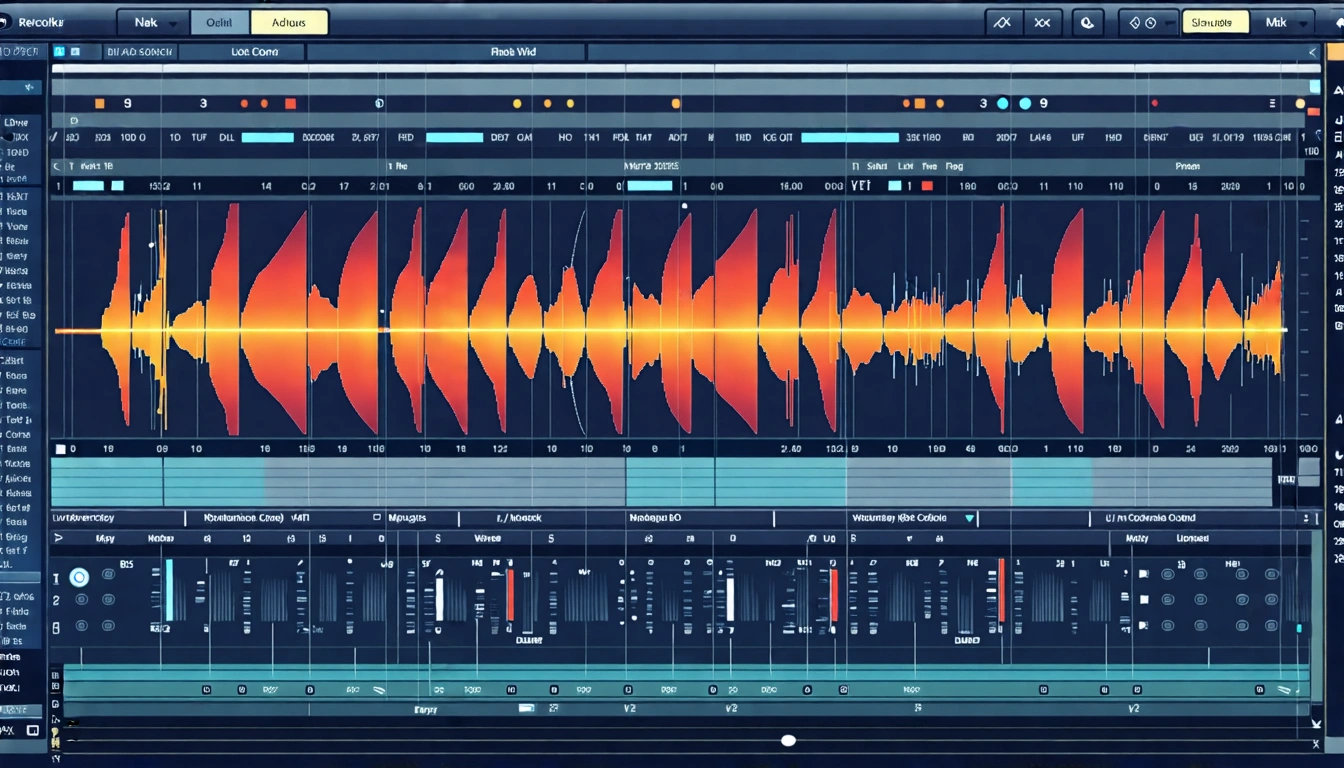Mixing vocals can be a challenging task, especially when aiming for that perfect balance of brightness and smoothness. In this article, we will explore how two specific plugins can elevate your vocal mixes, drawing inspiration from techniques employed in professional tracks, including those of renowned artists like Dua Lipa.
Understanding Sibilance in Vocal Mixes
Sibilance refers to the harsh, high-frequency sounds produced by the letters "S" and "T". These sounds can often overwhelm a mix, leading to a vocal performance that feels unbalanced or harsh. Consider the example of a vocal track with the word "sorry" where the "S" peaks significantly higher than other frequencies. While brightening the overall vocal can help certain sections, it can also exaggerate the sibilance, turning it into a problematic element of the mix.
The Challenge with De-Essers
De-essers are commonly employed to reduce sibilance, but they come with their own set of challenges. When a de-esser is applied, it reduces the volume of the "S" sounds, but it also affects the surrounding frequencies. This can lead to a vocal sound that feels muted or less lively. Moreover, the frequency of sibilance can vary throughout the track, making traditional de-essing methods less effective.
Analyzing Sibilance Frequencies
To illustrate this point, consider a range of vocal recordings. Upon isolating the "S" sounds, one can observe that they occur at various frequencies—some at 11,000 hertz, others at 7,000 hertz, and some at 9,000 hertz. This variance highlights the need for a more targeted approach to managing sibilance in vocal mixes.
A Better Solution: The One-Two Punch
Step One: Utilizing Soothe
Instead of relying solely on a de-esser, we can employ a plugin like Soothe, which acts as a dynamic resonance suppressor. By focusing on frequencies above 6,000 hertz, Soothe intelligently identifies and reduces unwanted resonances, providing a more natural sound without compromising the overall vocal brightness. The key is to set the plugin with a fast attack and release to ensure it responds effectively to sibilant sounds while maintaining the integrity of the vocal.
Step Two: Adding Multi-Band Saturation
The second part of this mixing technique involves using multi-band saturation. Saturation can enhance harmonics and bring depth to vocals, but it must be used judiciously. By selecting a subtle tape mode on a saturation plugin, you can introduce harmonics without overt distortion, allowing the vocal to shine through while remaining warm and pleasant to the ear.
Configuring the Saturation
To optimize the saturation effect, consider boosting frequencies over 7,000 hertz while applying a controlled amount of saturation. This allows for a more aggressive approach without compromising the overall clarity of the vocal. By referencing your mix with professional examples, such as those by Dua Lipa, you can achieve a level of brightness that feels polished and professional.
Practical Tips for Achieving Professional Vocal Mixes
Use Stock Plugins: You don’t need expensive software to achieve great results in vocal mixing. Stock de-essers and EQs can be powerful tools when used effectively.
Experiment with Settings: Every microphone and vocalist is different, so don’t be afraid to tweak the settings on your plugins to find what sounds best for your specific track.
Reference Professional Tracks: Listening to well-produced vocals can provide insight into achieving that polished sound. Pay attention to how the artists manage sibilance and brightness.
Take Advantage of Free Resources: If you’re looking to improve your mixing skills, consider taking advantage of free online courses and tutorials. Many resources offer valuable insights into professional mixing techniques.
Conclusion
The journey to achieving the perfect vocal mix can be simplified by understanding the nuances of sibilance and utilizing the right tools. By incorporating plugins like Soothe and a multi-band saturation tool into your mixing process, you can create bright, smooth vocal performances reminiscent of the professionals. Remember, experimentation is key, and with practice, you can master the art of vocal mixing. Happy mixing!
